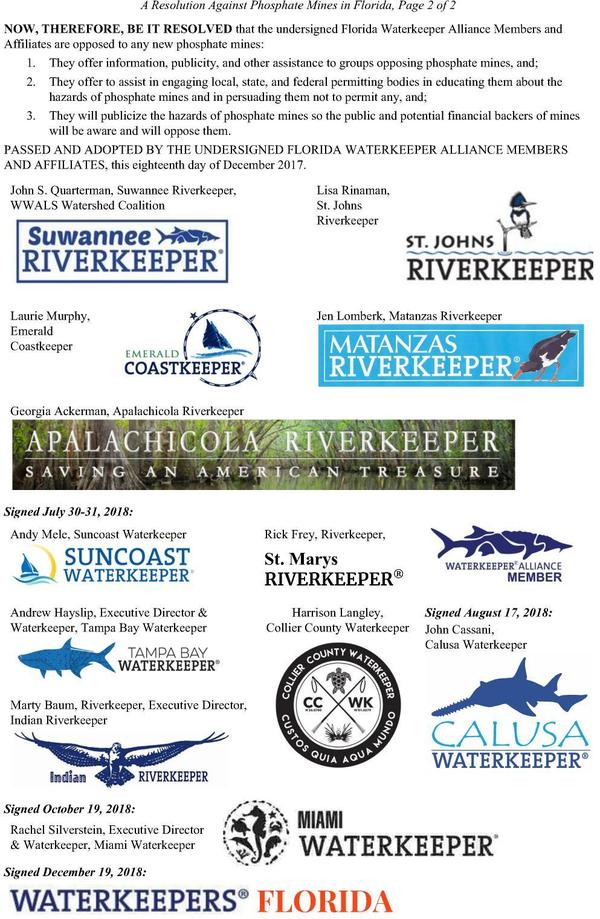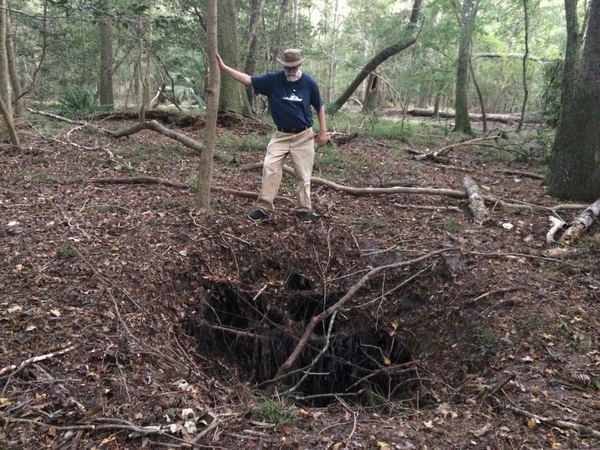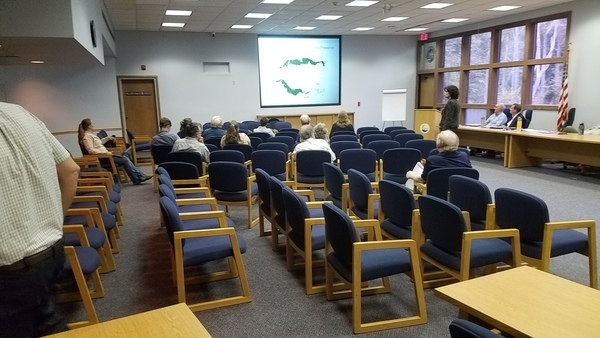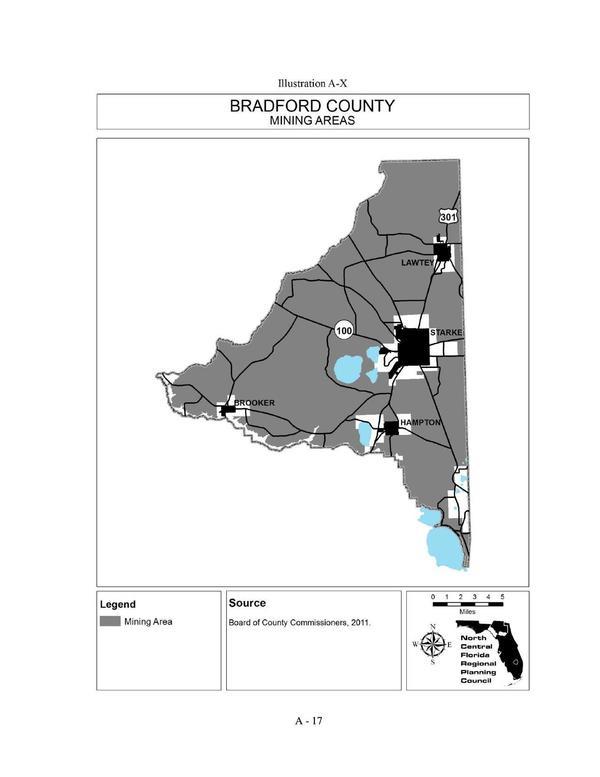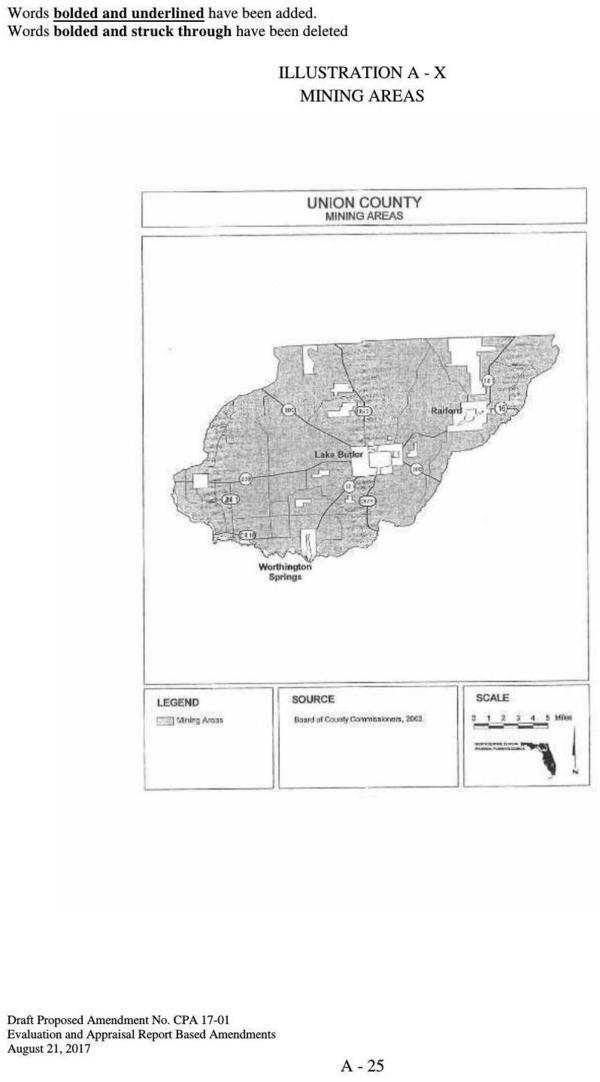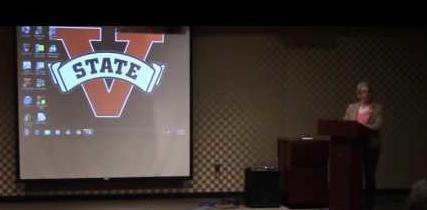Leaks of hazardous materials, explosions, land takings, sinkholes, frac-outs: these are far bigger threats than Texas Rep. Lamar Smith’s Committee report “that states Russian agents were attempting to disrupt U.S. energy markets and using social media to purportedly stir up protests against pipelines such as Sabal Trail,” as a reporter asked me about recently. Smith’s report doesn’t mention that solar and wind power are growing far faster than his favorite, fracked methane gas.

Business Council for Sustainable Energy by Bloomberg New Energy Finance,
February 2018,
2018 Sustainable Energy in America.
Elsewhere I already looked behind Lamar Smith’s fossil fuel smoke and mirrors, and found I post more on social media than the tiny Russian numbers that horrify him.
His actual examples are seriously rolling-on-the-floor laughable, such as this: Continue reading


